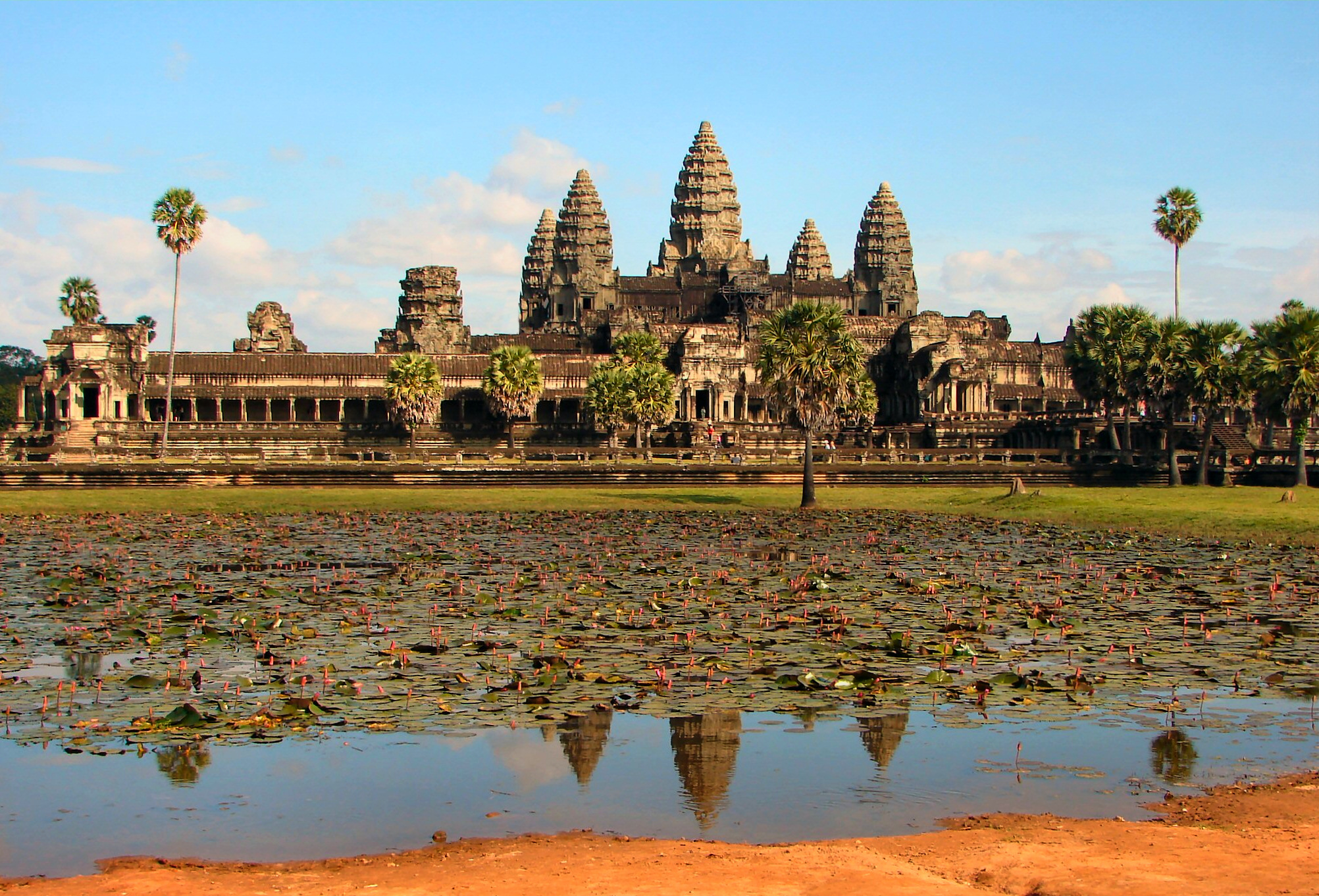Deep within the Cambodian jungle lies the famous Angkor Wat temple. Millions travel from all over the world to visit this beautiful structure that has stood the test of time for 900 years. Recently, archaeologists have discovered that the surrounding area of Angkor Wat was once a densely populated city.
From March to April of last year, the Cambodian Archaeological Lidar Initiative (CALI) set out to learn more about the surrounding areas of Angkor Wat. These archaeologists scanned roughly 734 square miles of the natural area around the famous temple. In addition to Angkor Wat, they also scanned other nearby religious structures. After thorough research, the archeologists discovered that the area was actually filled with undocumented cities.
Lidar (also known as light detection and ranging) is a timed laser projection that allows us to measure distance. To use lidar, lasers will be scanned across the chosen area, which will then create an in depth map of the scanned area. Lidar is commonly used for self driving cars and drones. For example, lidar is used to help a self driving car avoid any obstacles it might encounter on the road.
A very high end lidar system has the ability to measure the distance from the top of specific object it hits. This system will then be able to scan even further down that particular object to find where the object ends. For example, a simple lidar may only have one return, meaning that the laser would scan a bush and return as soon as it hits the top of that bush. With a more advanced lidar, the technology has the ability to scan underneath the bush and find the ground below.
Lidar was helpful with this particular project because this technology has the ability to see variations on the ground. Making it easier for scientists to figure out if and where buildings were once standing. This is very difficult to do with the naked eye, so lidar technology comes in very handy when observing a densely covered forest.
Uncovering the Undocumented City
Once the archaeologists were able to analyze their data, they discovered that many undocumented cities were once surrounding these temples. These cities are believed to date back 900 to 1,400 years ago. Archaeologists have been working around this site for a decade trying to figure what was once surrounding this magnificent structure. Damian Evans, investigator and technical coordinator for CALI, states that “All of the sudden, the city has more or less instantly appeared on the screen in front of us. It had been hiding in plain sight. A city that we figured wan’t there just appeared.”
In addition to this new discovery, archaeologists were surprised by the fact that these cities were more heavily populated than what they’d originally thought. During the 12th century, while Angkor was at its peak, the city stretched across 350 square miles of land. The surrounding areas were so densely populated that Mahendraparvata, a temple just 25 miles outside of Angkor, contained around 1.5 million people.
Discovering a Sophisticated Society
Discovering this heavily populated city is quite the discover, but it just keeps getting better. Evans and his team also uncovered high tech waters systems, royal roads, and quarries. All of this done through the lidar survey. The archaeologists discovered that the people building the city also built their homes on piles of earth that they’d constructed themselves. This technique allowed the neighborhoods to remain above floodwaters avoiding any natural disaster that would occur during heavy rain periods.
What Now?
Since this new discovery, historians are forced to reevaluate the demise of the Khmer Empire. Prior to this new discovery, historians believe that Thai invaders attacked Angkor Wat during the 15th century. This attack forced the population of Angkor to head south. With this lidar survey, researchers have discovered that there is no evidence pointing towards a migration of hundreds of thousands of people. Historians and archaeologists will continue to analyze this new data for the next few years. They will also begin to reassess previous theories on the Angkor population. Michael Coe, professor at Yale University states that, “I think that these airborne laser discoveries mark the greatest advance in the 50 or even 100 years of our knowledge of Angkorian civilization.”


